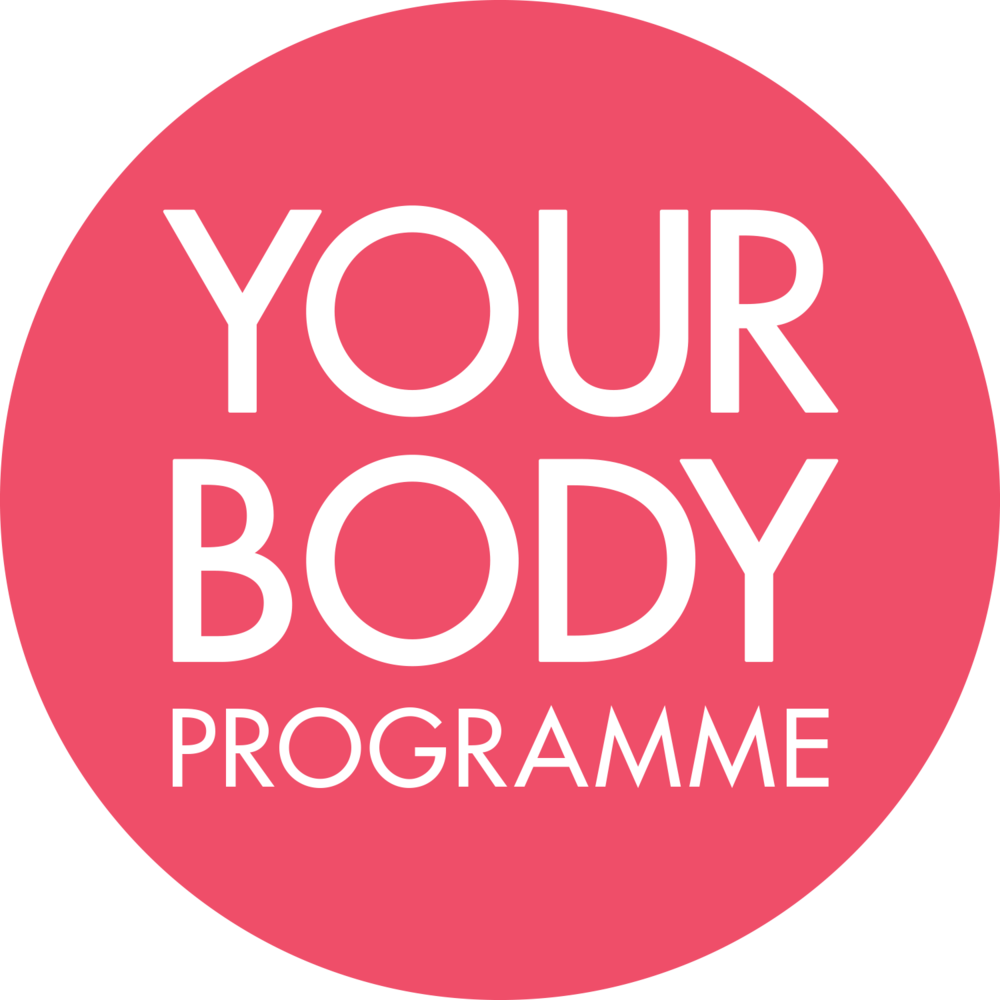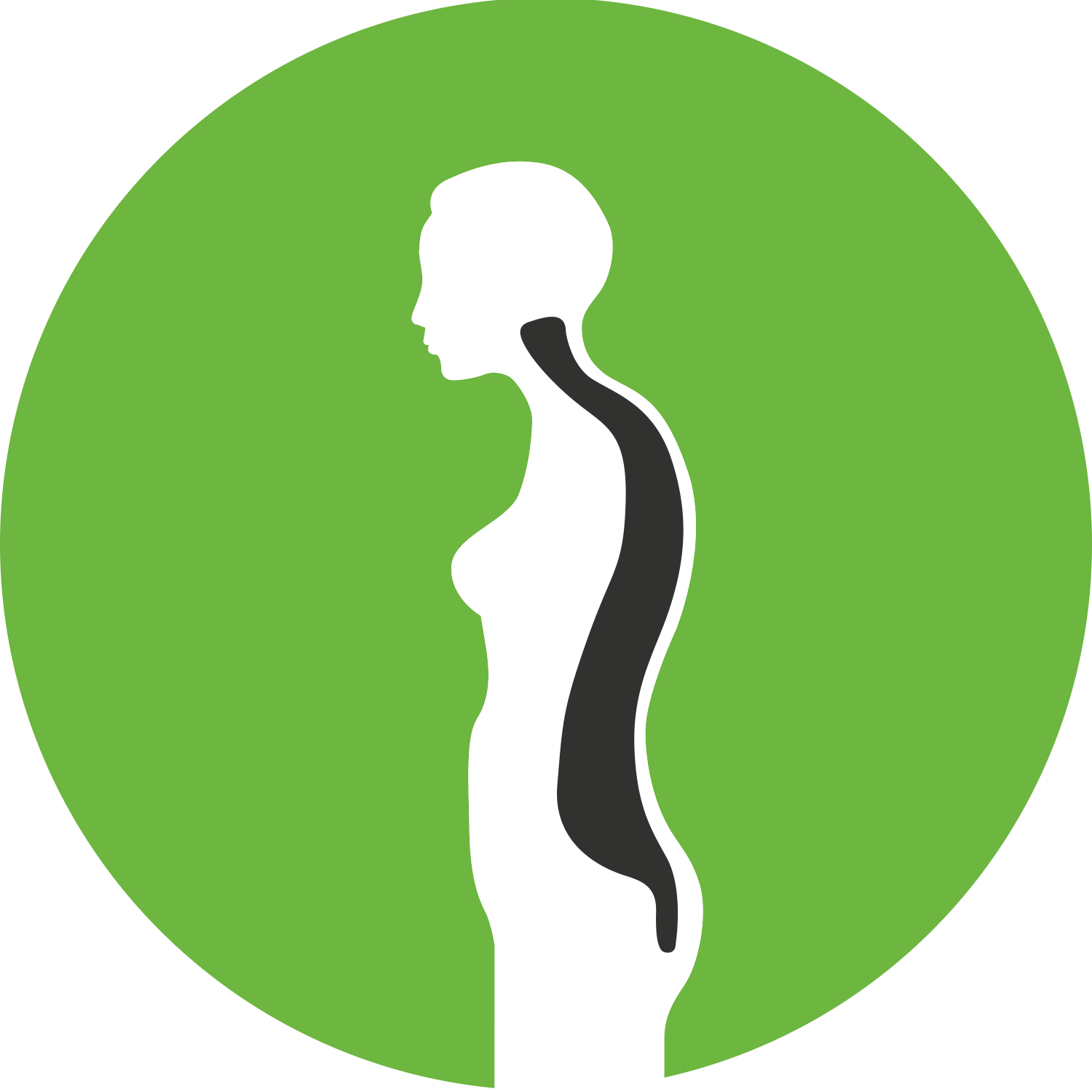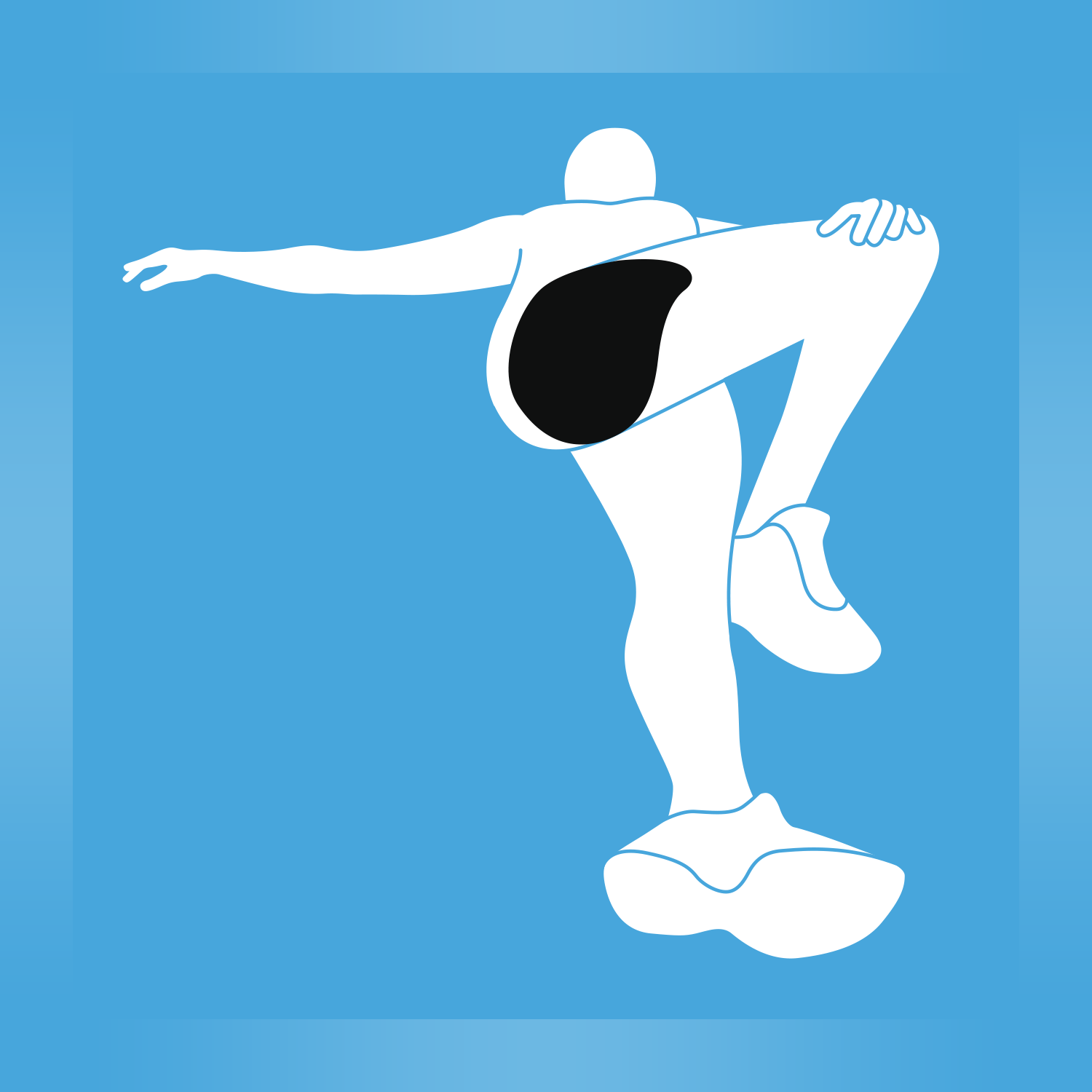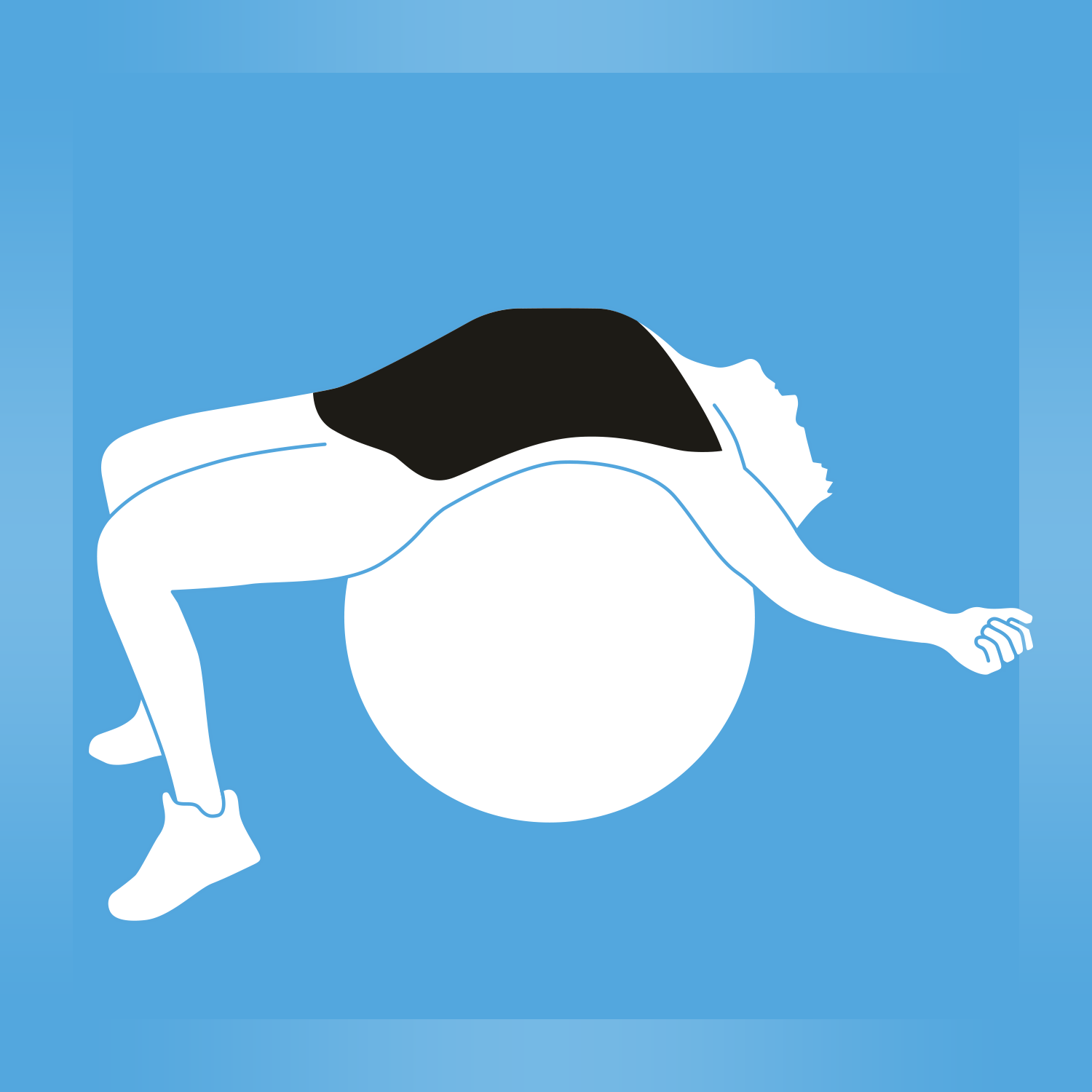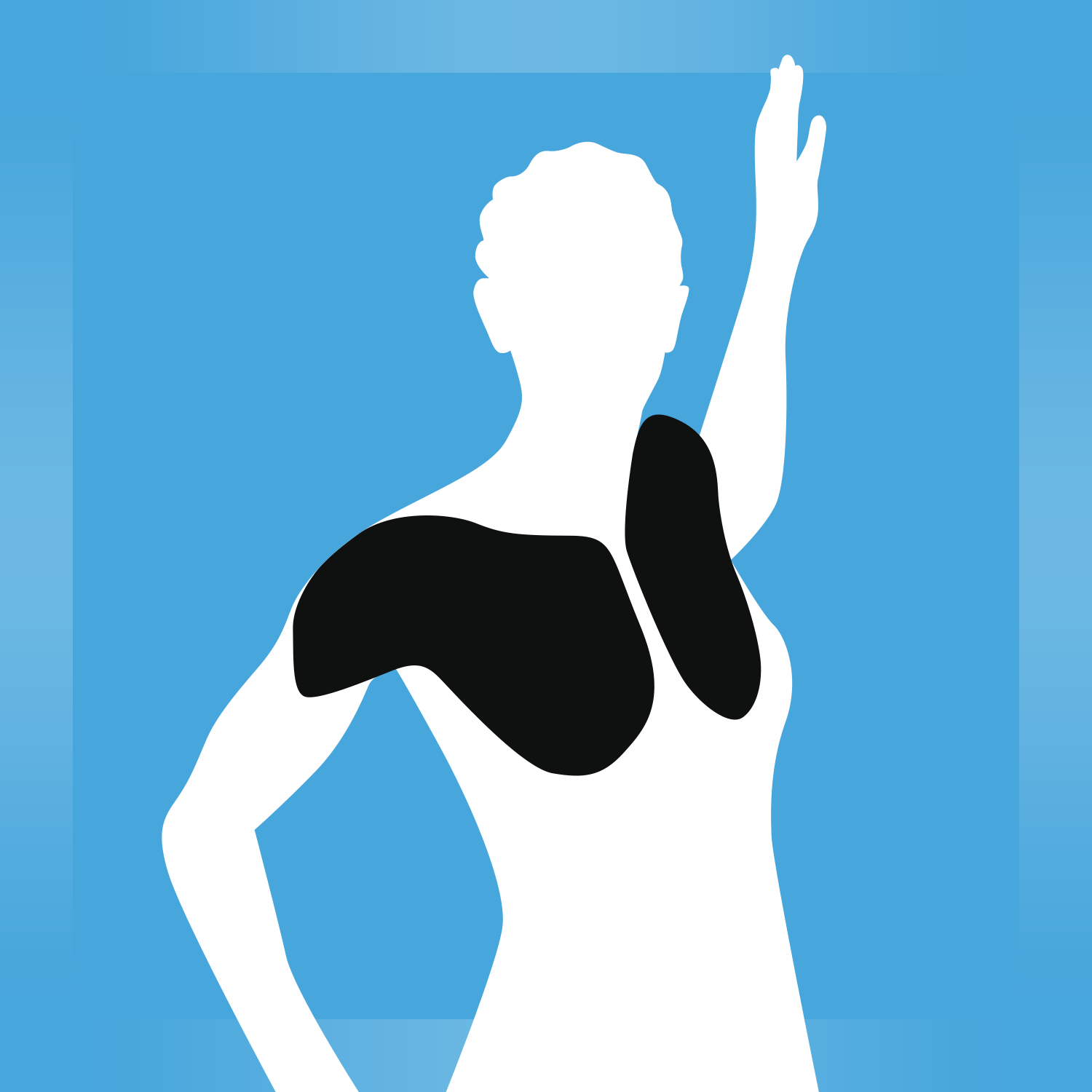POSTURE -OVERVIEW
What is Ataxia (SCA2)
·What it is: A rare neurological condition affecting the cerebellum (which controls coordination and balance). Your case: Very mild symptoms—slightly affected balance but no significant motor issues. Why it matters in training: Slight balance issues can increase the risk of missteps, especially during dynamic or weighted movements.
Treatment
Improve balance, coordination, and proprioception through gentle but progressive exercises, gentle balance drills (single leg, side-stepping, Frenkel exercises), emphasising coordination using seated marching or dual-task drills.
Left C5/C6 Disc Bulge + Osteophytic Bar
What it is: A bulging disc and bony growth between two neck vertebrae (C5 and C6), which can press on nearby nerves. Your case: Likely mild nerve impingement on the left side. You may feel tightness, weakness, or tingling around the neck, shoulder, or arm. Why it matters in training: Exercises need to avoid compressing the cervical spine or aggravating the nerve.
Treatment
Reduce nerve irritation, strengthen neck stabilizers, and improve posture, deep neck stabilisation (chin tucks, isometrics)., scapular retraction and gentle neck mobility/stretching work, avoiding heavy axial loading (e.g. overhead barbell pressing) until stable.
Strengthen weak muscles: Biceps curls (if tolerated, Wrist extensor work, Deep neck flexor activation (e.g., chin tucks)
Stretch/Release tight muscles: Upper traps, levator scapula, Pec minor (doorway stretches), Scalenes and SCM (gentle neck stretches)
Postural retraining: Scapular stabilization
Tight muscles
Upper trapezius - Overactive to stabilize neck and shoulder
Levator scapulae - Tightens to support the cervical spine
Pectoralis major/minor - Shortens from rounded shoulder posture
Sternocleidomastoid (SCM) - Overworks with weak deep neck flexors
Scalenes - tighten with nerve irritation and poor posture
Suboccipitals - Tight with forward head posture and neck stress
Weak muscles
Biceps brachii - C6 nerve root innervates it weakness is a classic sign
Wrist extensors - (e.g., extensor carpi radialis) Also innervated by C6
Deltoid - (especially anterior fibers) Shared innervation with C5-C6
Supraspinatus - Partially C5-C6 innervation
Serratus anterior - Often becomes inhibited due to poor scapular control
Deep neck flexors - (longus colli, longus capitis)Weaken from forward head posture (compensation)
DYNAMIC WARM-UP
The warm-up is to mobilise and prime your body, it should be specific to the exercise you are about to perform. We recommend 5 mins of gentle cardio to increase body temperature and blood flow to the muscles. Follow this with movements that mimic your exercises but at a slower pace with reduced intensity.
Try our basic warm-up or advanced version with a medicine ball.
MOBILISE
UPPER BODY MOBILISATION — Band
Take a wide grip on the band. Start with band at thigh level raise up over head and behind you. keeping arms straight. If you feel pain stop at that point.
MOBILISATION
Kneel on floor with your body straight and upright, hold arms out in front of you. Keep arms straight and rotate one arm at a time behind you. Then alternate with the other arm.
MOBILISATION — Roller
Lay length ways across a roller. make sure head and back are rested on the roller. place arms by side, keep them straight and lift them up to ceiling and over head brushing your ears with your biceps. once hands reach floor, let hands stay in contact with the floor making a wings shape back to start position.
BACK MOBILISATION
On your hands and knees so that your body is the shape of a table. Now lift your head and your bottom to the ceiling, dropping your midsection to the floor. Then drop your head make your back long and round. Bring your nose toward your belly button. Repeat.
EXERCISES
BACK EXTENSION
Lie face down on the floor with your arms by your side, palms up. Engage your core and raise your upper body off the floor. Draw your shoulder blades down and together, keep the head in line with the spine. Lower the body.
MOBILISATION — Wall
Stand with your back and head against the wall. Raise arms up and place against the wall. Start with arms straight above head and slide them down, bringing your elbows into your body, keeping arms i contact with the wall.
TRAPS – Dumbbells
Stand and hold dumbbells in front of your body with the arms extended towards the floor. With slight elbow flexion raise the arms overhead to a wide V position and simultaneously internally rotate the arms.
ROW – Swiss Ball
With your feet against the wall and lay in prone position on the swiss ball with hips on the ball. Lower the body to the ball and then raise with arms out straight in a V shape. Keep chin tucked in.
ROW – Band
Stand in a slight squat position with your shoulders retracted, arms extended and hold the band at chest height. Pull the band towards you with your elbows slightly raised. Draw your shoulder blades down and together then extend the arms.
SUPERMANS
Begin on all 4s with your weight placed evenly on all 4 points. Draw your navel to spine creating core control and maintain neutral spine throughout. Alternately raise and extend the opposite and to leg. Do not allow the lower back to arch or your weight to shift across.
STRETCHES
Hold each position for 1 minute and increase the length of time on particularly tight muscles.
LATS
Lie on your back and place your arms on the floor stretched over your head. reach your arms up away from your body.
LOWER BACK
Lay on your back, drop both legs to one side, or one leg to increase stretch intensity. hold opposite arm out at shoulder level.
CHEST AND LATS
Lay on your back across a swiss ball with your feet on the ground. Raise your arms over your head resting your upper arms on ball beside your ears.
HIP FLEXOR
Kneel on one knee and take a big step forward with the opposite foot. Push your hip forward.
CHEST
Stand in a slight squat position with your shoulders retracted, arms extended and hold the band at chest height. Pull the band towards you with your elbows slightly raised. Draw your shoulder blades down and together then extend the arms.
